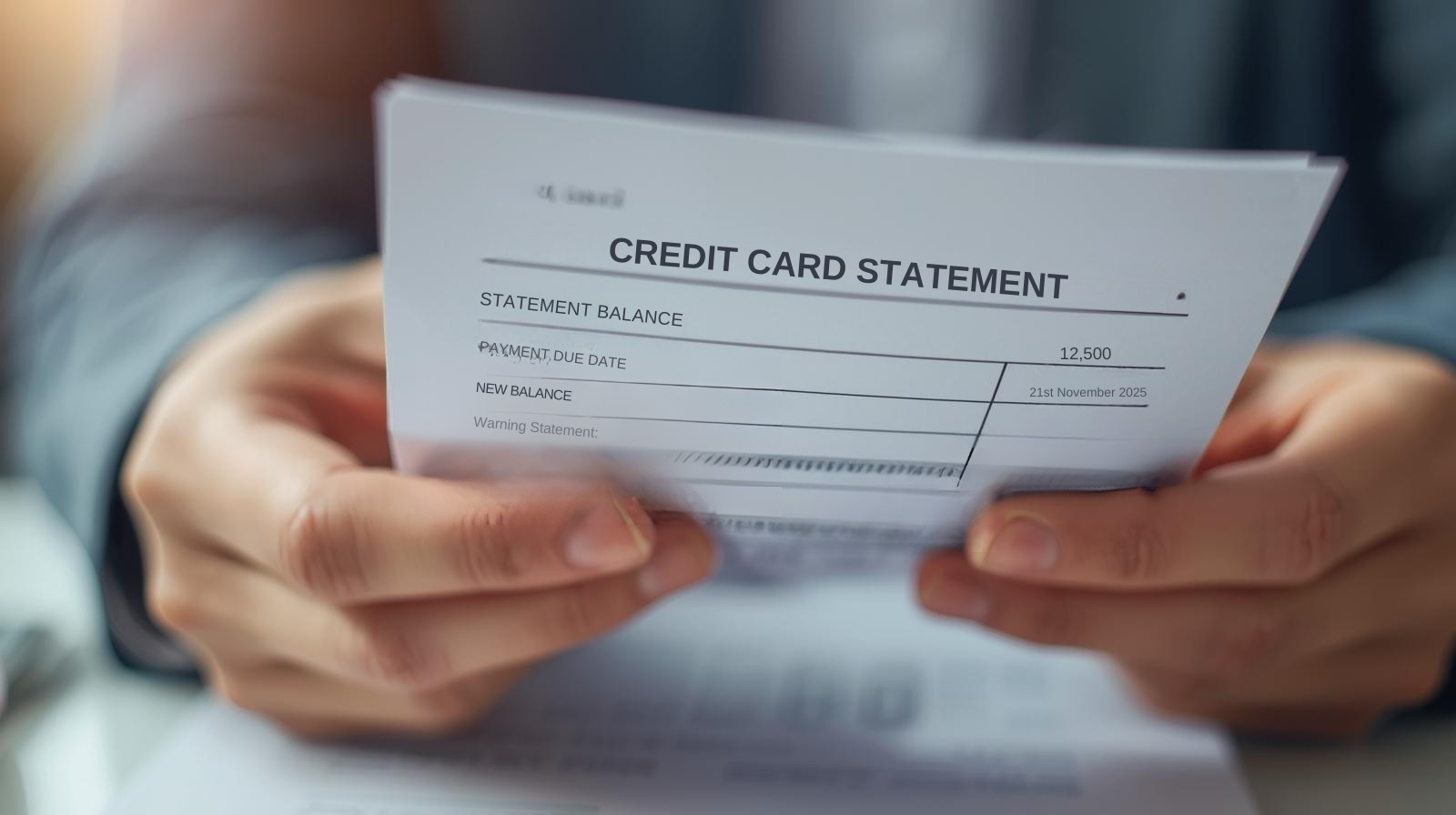Take Control of Your Credit Card
When used wisely, your credit card can offer a lot of value. From rewards on your everyday expenses to payment flexibility on large purchases, it can be a great financial tool.
However, to make sure you’re getting the best of your credit card, it’s important you understand how your credit card statement works.
Let’s take a closer look at how your monthly statement can help you better manage your credit card.

Statement Balance vs Current Balance
Understanding the difference between your statement balance and credit balance is a great place to start.
Your statement balance is the total amount you owe at the end of your billing cycle, typically ranging between 28-31 days. It is a total of all the purchases, fees, interest and unpaid balances since your previous statement.
It’s important to note that your statement balance does not capture any new activity once the billing cycle ends. That means that once it’s calculated, it will stay the same until the end of the next billing cycle.
Your statement balance will always be shown on your monthly credit card statement.
Your current balance is a real-time total of all the payments, charges and fees on your account. It includes your statement balance plus any new purchases or fees you have incurred since the previous billing cycle ended.
As a result, your current balance may be different to your statement balance if you make purchases or your card is refunded after the end of the billing cycle. Since your current balance changes each time you use your card, check your credit card balance online for the most up to date view of your spending.
Interest Fees
Credit card interest is a charge you incur when you carry a balance from month to month. Interest rates vary depending on the type of credit card you have and the type of transaction you make. For example, cash advance interest rates are typically higher than standard purchases.
The easiest way to avoid credit card interest fees is to pay your full statement balance by the due date each month. It’s helpful to note that you don’t need to pay off your entire current balance, only the statement balance to avoid interest.
If paying your statement balance in full isn’t a feasible option, then consistently paying more than minimum payment will still help you reduce how much interest you pay in the long run.
Minimum Payments
Each month, your statement will show a minimum payment amount. This is the lowest amount you must pay towards your credit card balance by the due date without incurring late payment fees or other penalties.
It’s important to understand that paying only the minimum each month means it will take longer for you to pay off your balance and as a result, you’ll pay more interest over time. That’s why it’s helpful to pay more than the minimum whenever possible to reduce your balance and keep overall costs down.
Due Dates
It’s key that you make your monthly credit card payments by the due date given.
Missing your credit card due date not only results in late fees, but it can also negatively impact your credit score.
A helpful tip is to set up automatic payments or calendar reminders to make sure you always pay on time. Top of Form
Spotting Fraud
Carefully reviewing the credit card transactions shown in your statement is one of the easiest and most effective ways to protect yourself from fraud.
If you spot anything unusual, make sure to notify your bank immediately.
It’s handy to have spending alerts set up so you’re notified each time your card is used; it’s a simple way to ensure you’re always informed.
By properly navigating your credit card statement, you can better equip yourself to take control of your finances.
*Kindly note, this information is for general guidance only and should not be considered financial advice.
